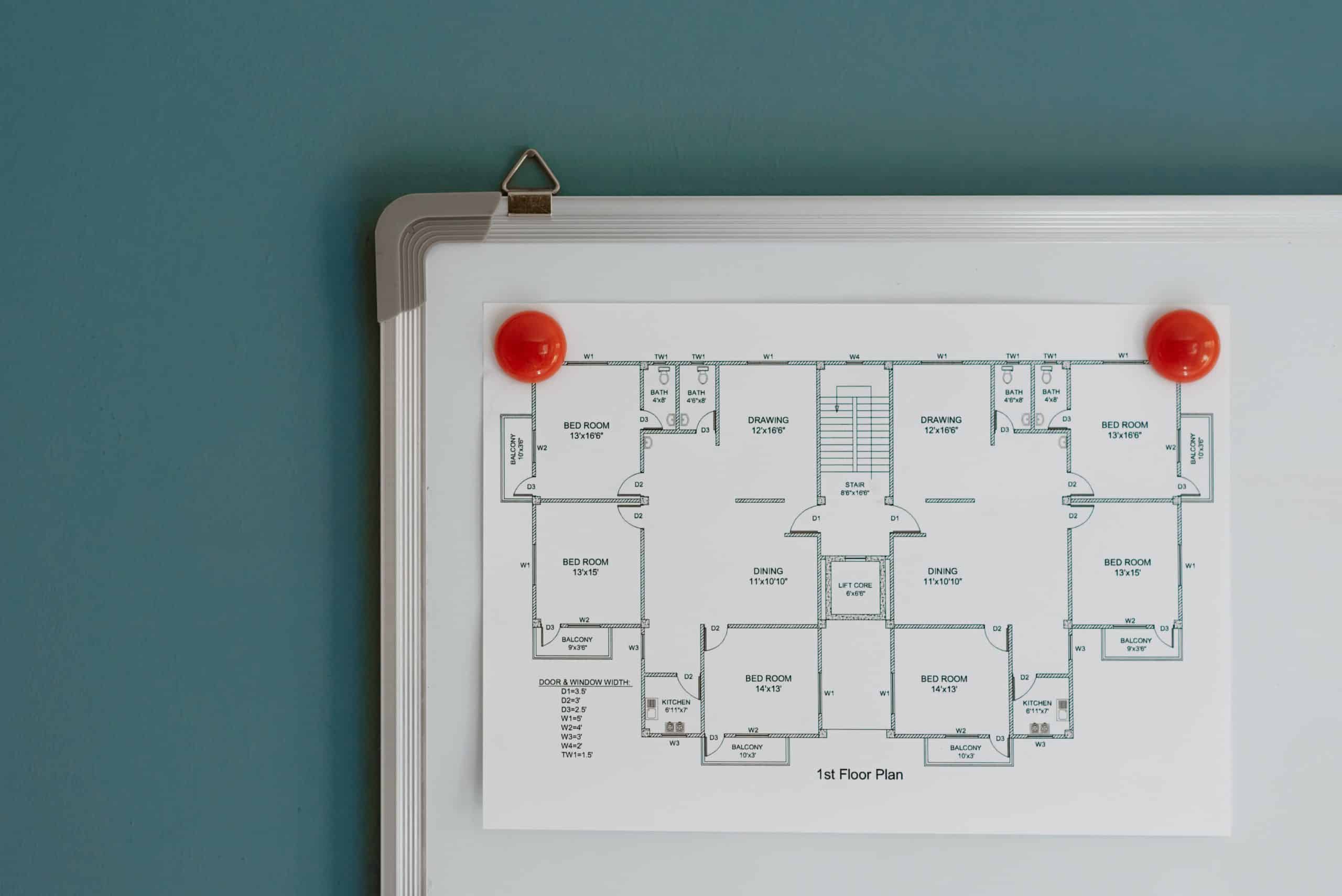How to design real estate projects that effectively balance privacy and community engagement?

When we consider the design and development of urban spaces, scholars of housing and urban planning increasingly emphasize the need for a delicate balance between privacy and community engagement. Real estate projects are not just about erecting buildings; they’re about creating living spaces that are integrated into the fabric of the city and its social dynamics.
In this context, we’ll discuss ways of achieving this balance, the role of public engagement in the process, and the importance of data, including that from platforms like Google and Crossref, in informing these decisions. This article will provide practical insights on creating neighborhood designs that foster both privacy and social interaction, thereby enhancing residents’ quality of life.
A lire aussi : How to optimize real estate development projects for maximum community impact?
The Balance between Privacy and Community Engagement: A Key Consideration in Urban Design
To start with, let’s delve into what it means to balance privacy and community engagement in urban design. When planning new real estate projects, the aim is to create environments that respect the need for personal space while also encouraging interaction and cooperation among residents. This can be a tricky task, as these two objectives often seem to be in opposition.
However, careful and thoughtful urban design can reconcile these objectives. For example, the design of individual housing units and their placement within the neighborhood can be planned in such a way that they create areas for both privacy and social interaction.
A découvrir également : How can real estate projects leverage local artisan and craftsmanship for unique design elements?
Public spaces such as parks, community centers, and even streets can be designed to foster social interaction, while homes can be designed to provide a private retreat. By considering these aspects in the design and development stages, it’s possible to create neighborhoods that cater to both needs.
The Role of Public Engagement in Real Estate Development
Public engagement plays a significant role in the design and development of real estate projects. It may seem like a time-consuming process, but involving the public — especially future residents — in planning and decision-making can lead to better outcomes.
Engaging the public from the outset helps to identify the needs and preferences of future residents. It allows developers to understand what residents value in terms of privacy and how they envision community interaction. This understanding can then inform the design process, ensuring that the final product aligns well with residents’ expectations.
Furthermore, public engagement can create a sense of ownership among residents. When people are involved in the planning process, they’re likely to feel more connected to the neighborhood and more invested in its success.
Making Use of Data in Urban Design
Data is a powerful tool in urban planning and design. It can provide valuable insights into how people live, their habits, and their preferences. Data can come from a variety of sources — demographic data, housing statistics, social media data, and even information from platforms such as Google and Crossref.
For instance, Google data can provide insights into people’s mobility patterns, which can be useful in planning the layout of a neighborhood and its connection to other parts of the city. On the other hand, Crossref, a citation linking service, can provide access to scholarly literature on urban design, housing, and community development. This can be used to inform the design process and ensure that it’s backed by the latest research.
Furthermore, data can be used to gather feedback and gauge public opinion during the development process. Online surveys, social media polls, and online public forums can provide data on what people think about a proposed project and any concerns they might have.
Zoning: A Tool for Balancing Privacy and Community Engagement
Zoning is another tool that can be used to balance privacy and community engagement. Zoning laws regulate what types of structures can be built in different parts of a city and how they can be used. By strategically employing zoning regulations, city planners and developers can create spaces that foster both privacy and social interaction.
For example, zoning can be used to separate residential areas from commercial ones, thereby ensuring that residents have quiet, private spaces to live. At the same time, zoning can also be used to create mixed-use areas where homes, shops, and other amenities coexist, encouraging interaction among residents and fostering a sense of community.
The Future of Urban Design: Striking the Right Balance
Looking ahead, the need to balance privacy and community engagement will continue to shape urban design and real estate development. As cities grow and change, so too will the ways in which we design and build our neighborhoods.
In this evolving landscape, public engagement will continue to play a key role. New tools and platforms for engaging the public will likely emerge, making it easier to gather feedback and involve residents in the planning process.
Similarly, the use of data in urban design will become increasingly important. With advancements in technology, we will have access to even more data and better tools for analyzing it. This will enable us to make more informed decisions and create urban spaces that truly meet the needs of their residents.
Utilizing Google Scholar and Crossref in Urban Planning
New technologies and platforms continue to emerge and impact various industries, including housing and urban design. Platforms such as Google Scholar and Crossref are increasingly becoming critical tools in urban planning. These platforms provide access to a plethora of research and scholarly articles that can significantly inform the planning process.
Google Scholar, for instance, offers a wide range of scholarly articles on urban planning, affordable housing, privacy, and community engagement. By utilizing this tool, planners and developers can stay up-to-date with the latest research and findings in their field. This can guide decision-making, ensuring that the design and development of real estate projects are backed by the latest knowledge.
On the other hand, Crossref is a service linking scholarly articles together. It offers a unique perspective on how different concepts in urban design and planning are related. For example, it can provide insights into how community-based design processes impact the quality of life or how mixed developments influence privacy and community engagement.
Moreover, these platforms can also be utilized in real-time planning. They can help planners and developers stay informed about the latest research on emerging trends and challenges, such as the integration of residential commercial spaces or the balancing of public-private interests. This can improve the responsiveness of the planning process to current needs and issues.
Conclusion: The Delicate Balance of Privacy and Community Engagement in Urban Design
In conclusion, designing real estate projects that effectively balance privacy and community engagement is an intricate task. It requires careful consideration of various elements, including the placement and design of individual housing units, public engagement, the use of data, and zoning regulations.
Public engagement, in particular, is a cornerstone of successful urban design. By involving community members in the decision-making process, it’s possible to design spaces that align with their needs and expectations. Additionally, platforms like Google Scholar and Crossref can aid in the design process, providing relevant and up-to-date research to inform decisions.
Furthermore, the smart use of data, whether from social media, Google, or other sources, can offer invaluable insights into resident behavior and preferences. This information can guide the design process and ensure the creation of spaces that truly cater to the needs of the residents.
Finally, zoning is a powerful tool that can help strike the right balance between privacy and community engagement. Through thoughtful zoning, it’s possible to create spaces that offer both a sense of community and the necessary privacy.
As the field of urban design continues to evolve, these considerations will remain central. The challenge lies in continuously adapting and innovating to create real estate projects that enhance the quality of life for all residents.
